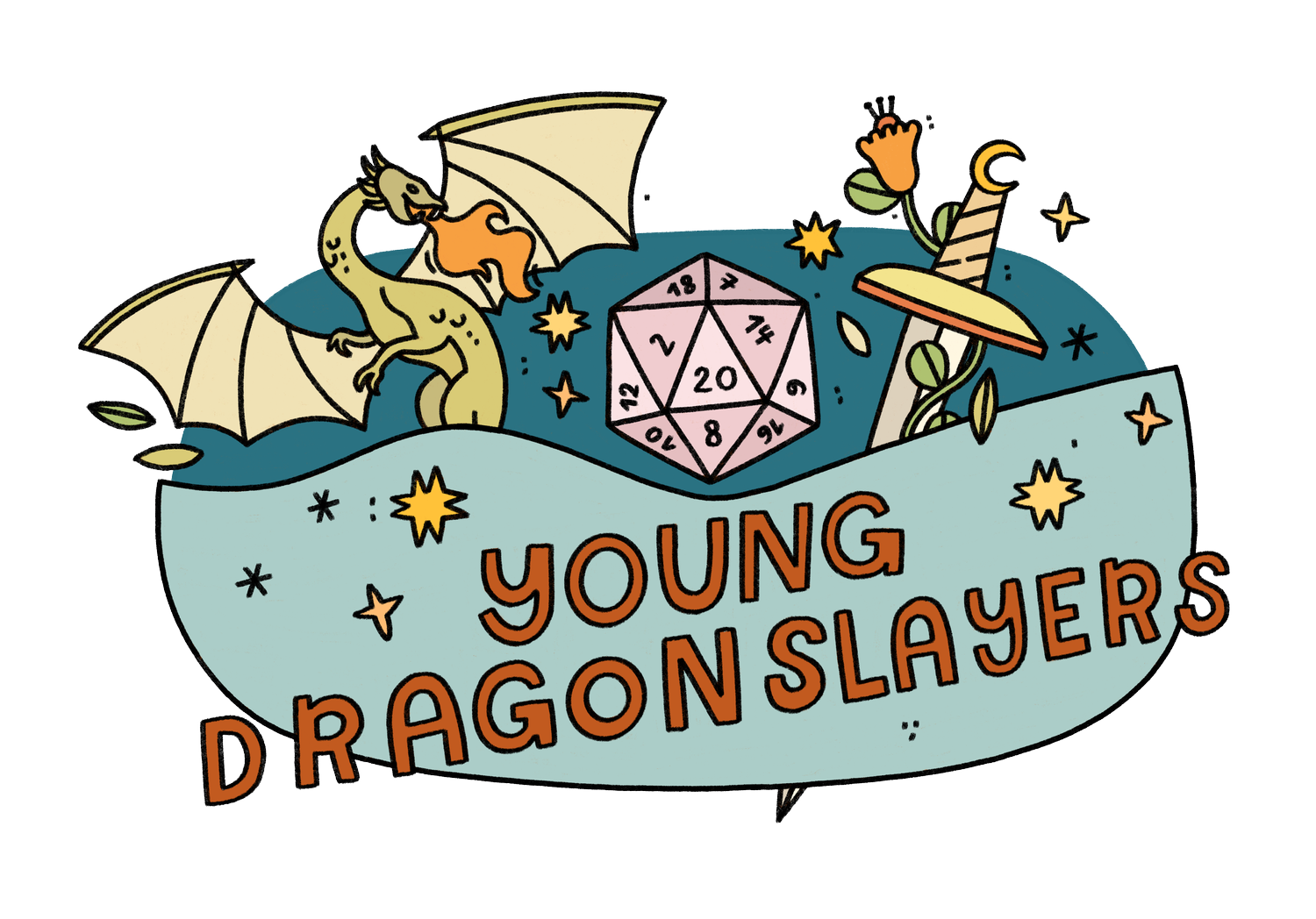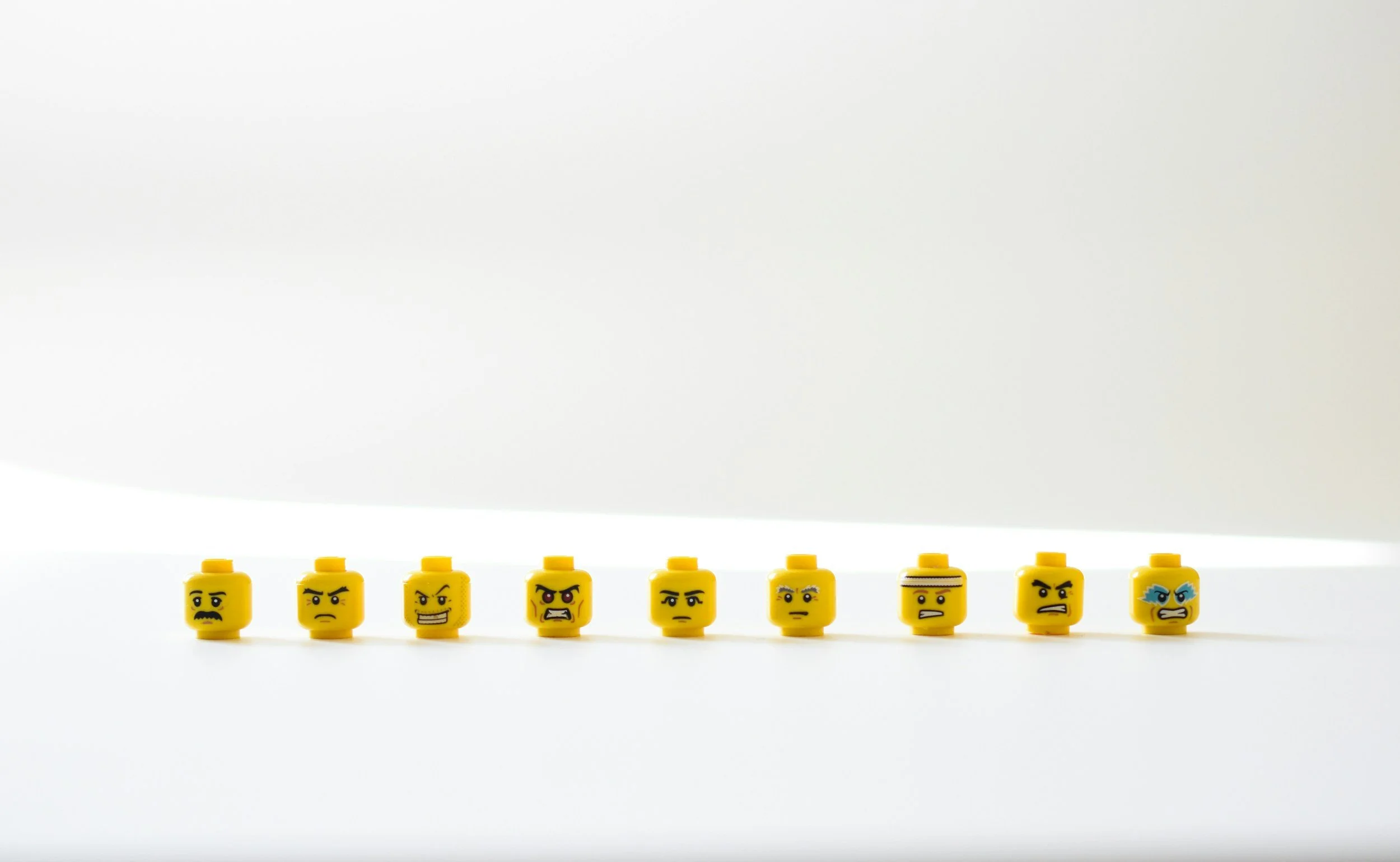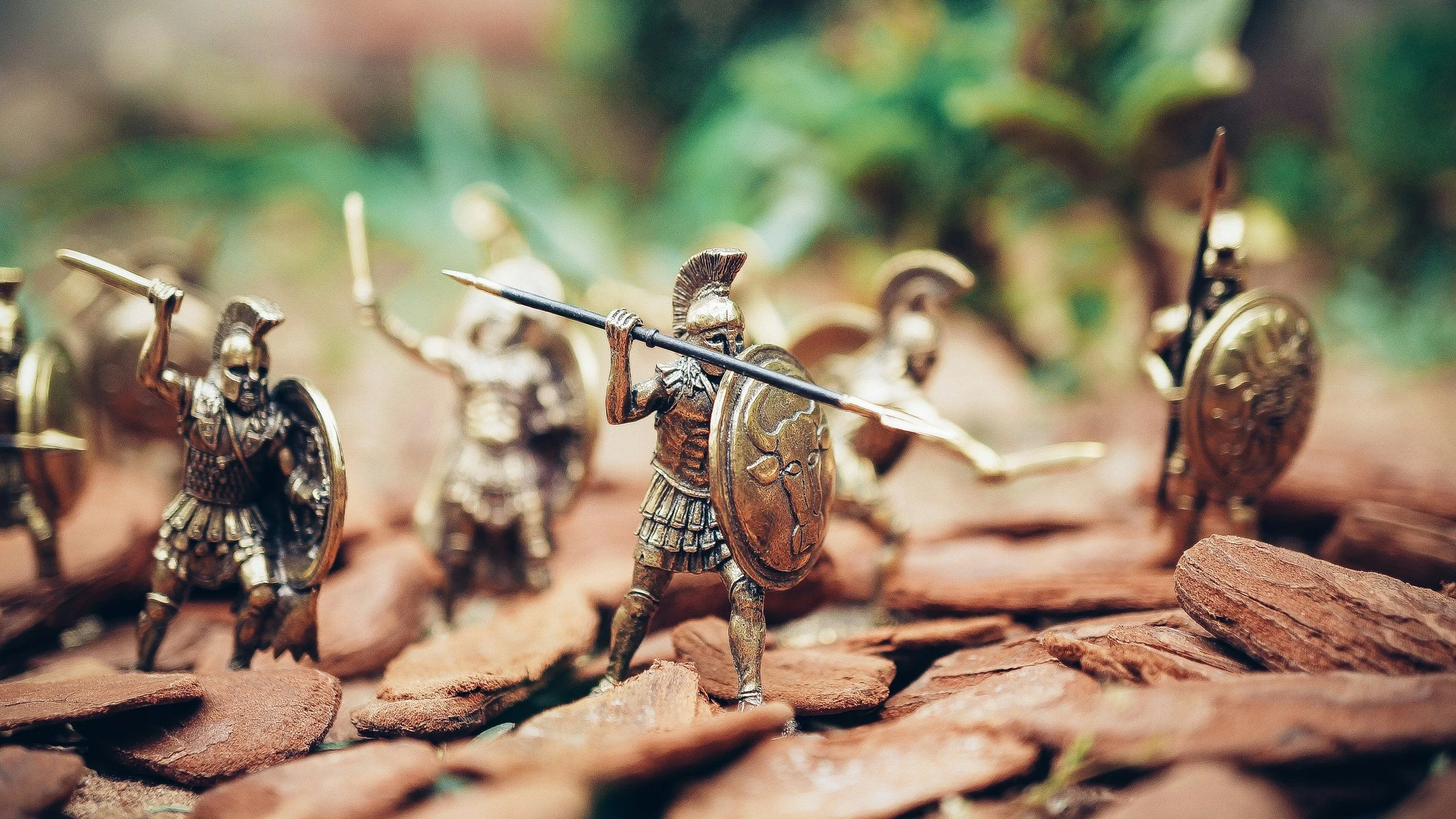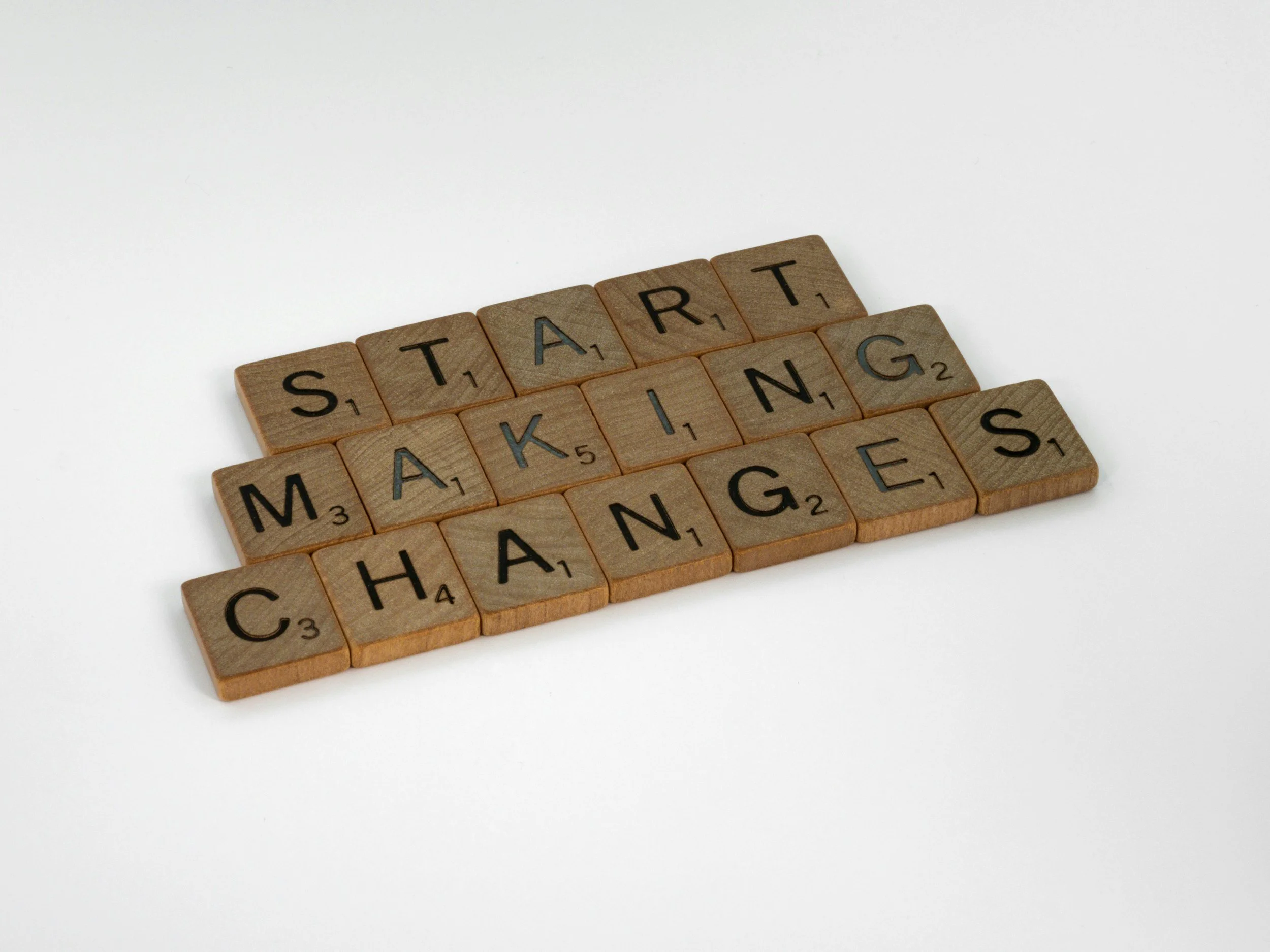Tension at the Table: How to Deal with Disagreement or Angry Players in D&D
I could see it in my player’s eyes. Sure, we were on video, but he was not happy. The BBEG had succeeded in throwing the queen off the balcony, and unfortunately, after a full round of combat, there was little to be done to rescue her.
“But it’s only six seconds,” he argued. “That’s not how falling works.”
My engineering background begged to differ according to the free fall formula s = v₀t + ½gt². I did a quick search of falling rules (only damage is specified in The Player’s Handbook), but official rule arbitrator Chris Perkins had my back. A creature would fall 580 feet in one round, 1160 feet in two. Of course, there would be a bit of wind resistance, but the queen’s dress certainly wasn’t a parachute.
I could feel the player’s frustration through the screen. He didn’t agree with me, even though the rest of the table did. But, as a DM, it was up to me to make a decision, and that decision just so happened to put the players and the poor queen in a horrific situation.
For a full three seconds, the group was completely silent. You could have cut the air with a cheese grater.
When you play Dungeons and Dragons long enough, tension will happen. Tempers will flare. In a roleplaying game like D&D, you sometimes can’t help but get drawn into the drama. If you’re acting, strategizing, and thinking like a character, why shouldn’t you feel like them, too?
As I talked about in my previous article, tension is a part of the game. In fact, it’s what makes the adventure fun and exciting. However, there can be times when that tension can run a little too hot, and as a DM, it can often feel like you’re not just running the game, but also all the feels at the table.
How can you, as a DM, deal with tension at the table? And how can you keep it from derailing your session?
Prepare for Frustration in Advance
I mean… it’s all part of the game! We’ve all seen it. We know it’s going to happen. So why not plan for it?
Before starting your session, it’s great to define (or remind) players that they have the power to advocate for their own needs. If they’re feeling stressed or overwhelmed, how would you as a DM like them to handle things? Are you cool with your players calling their own pauses? Can they send you a DM or pass a note under the table?
As with any game, it’s important to define and encourage both boundaries and safety tools. If a player or you as a DM are feeling uncomfortable or overwhelmed, there is absolutely no shame in speaking up for your personal needs or the expressed needs of someone else.
When Anger Flares, Set Boundaries
Again, tension happens! It’s a key part of a riveting, enthralling game. However, just like ice cream, Netflix, and even renaissance faire, too much of a good thing isn’t necessarily good for you.
As DMs, we have to expect that there will be tension, but that does not mean we don’t have the power to set boundaries at the table. When emotions run high, it’s still the players’ responsibility to handle those emotions appropriately, and if that emotional processing crosses a line of disrespect toward the DM or other players, we can set a boundary.
Good boundaries, I’ve found, include validating the individual, naming a specific behavior rather than ascribing personal blame (for instance, “I don’t appreciate that you spat in my lemonade” versus “You’re a pigeon-livered scoundrel!”), and then offering a solution.
For instance, instead of saying, “Hey, dude, don’t get mad,” I could say, “Hey, I see that the fall thing upset you. However, that’s my ruling, and that’s how it stands, so I need you to stop arguing with me. Do you want to take a quick snack break so we can all destress for a minute?”
Let’s break that down:
“I see you’re upset” = seeing and validating the player
“I need you to stop arguing with me” = identifying a specific behavior
“Do you want to take a quick snack break?” = solution
Tame Tension with the Power of a Time-Out
Remember, you’re the DM, which means you’re a god!
…well, sort of. I’d say more of the referee of a professional rugby league for overcaffeinated chickens. But I digress.
As a DM, don’t be afraid to use the almighty power of a TIME-OUT. If and when the game gets tense, you have every right to call a three, five, or even ten-minute breather. Never underestimate the power of a bathroom visit, a quick walk into another room, or even a sip of cool water (dehydration is the specter behind most mundane ailments, in my humble bardic opinion, which is why I carry a one-gallon water bottle named Grenda).
Sometimes, when we’re caught up in the action, it just takes a moment of separation to clear our heads and remember that while our feelings are real and valid, the game is not real life. Yes, we may feel sad, bad, or even downright ready for a smite when things don’t go the way we want them to. But that mere moment of separation can often be enough to remind us that as furious as we are at Boblin the Goblin for tripping over those swords, that player across the table is also our friend.
In short, sometimes we’ve gotta take a quick break from being a player to remind ourselves that we’re all people.
Remember, it’s not the players versus the DM. No good gamemaster sits down at the table seeking to control, punish, or decimate their players If we’re playing the game right, we should all be playing on the same team—Team #letshaveasmuchfunaspossible.
Tackling PvP Conflict in D&D
It’s common to get mad at the dice and even the DM, but what happens when tensions rise between players? After all, every team member has their own independence and agency. That’s also what makes the game so fun! Unlike a mindless NPC follower in a video game, your fellow players can do anything.
In my games, I’m pretty strict about no PvP harm. Why? Because it goes against the spirit I want to foster at the table. (Team #letshaveasmuchfunaspossible, remember?)
However, that doesn’t mean every player has to be a mindless, group-thinking sheep beholden to agreeing with everything everyone else does. There’s a lot of intrigue, excitement, and twistiness when players don’t agree on how a certain situation should be handled. Let’s say your lawful good rogue (Yes, it’s a real thing) wants to report a crime to the city guard, but the chaotic neutral barbarian thinks it would be much more fun to go on a vigilante smashing spree. How is the party going to handle the situation? And what if the barbarian goes into a rage before a consensus is drawn?
This is where things get a little muddy as a DM. On one hand, we have to allow for a certain level of chaos. However, there’s a point where patterns of group sabotage can get problematic.
I had an instance where a player was purposefully sabotaging his group’s effort because “that’s just what his character would do.” The whole party would pass a stealth check to sneak up on an enemy, and—WHAM! This player would stomp as loudly as he could up the stairs.
This kept happening over the course of the session, and I could tell the other players were getting peeved. They were working hard and being strategic, and as much as they tried to (nonviolently) curb his antics, he deliberately kept foiling their efforts.
How to Set Boundaries with Frustrated Players
Follow the script below to learn what to say to frustrated players.
As a DM, what do you do in this situation? Go back to SETTING THOSE BOUNDARIES.
“Hey,” I told him, “I love that you’re having fun, and I love that your character is a wild card. However, please remember that you’re not the only person who’s here to have fun. You’re a part of a team, and it’s not fun for them when you’re always messing up their plans.”
“I love that you’re having fun” = seeing and validating the player
“It’s not fun for them when you’re always messing up their plans” = identifying a specific behavior
What was the solution?
“If you want to be playing pranks like that, a better place might be around the campfire or during some other low-key situation.”
Yes, it’s okay to play a contrarian character. Yes, it’s okay not to agree with the group. However, I needed to institute a boundary here to be mindful of my other player’s experiences. I love wacky, zany characters, and I didn’t want this player to change his flavor. There’s an appropriate way to do that, though, without derailing the other players’ adventure.
For the record, this situation has also gone in reverse. I’ve played campaigns where a moral character has disagreed with their murder hobo party—and, again, that’s completely okay! So when the murder hobos suggested murdering her (Big surprise, right?) as a solution, I gently reminded them…
“Hey, y’all. We don’t do player-on-player harm at this table. She has every right to make her own decision, so I need you to stop trying to intimidate her. Let her play her own game, and then you can respond to the situation that follows. Who knows? It might not go the way you think.”
And, in fact, it didn’t. The aforementioned moral player ended up making an ally of a laser-shooting dinosaur, which ultimately thrilled the murder hobos.
D&D, ultimately, is a collaborative game. When a player shows up to join the party, you have to assume they do so because they have some motivation to work with the team.
Sometimes, all it takes to diffuse PvP tension is to remind your players of that.
My Conclusion About Tension…
…is that it’s an unavoidable, even necessary part of the game. However, that’s not to say it isn’t real, emotional, and/or something to be ignored.
As DMs, we need to remember that while we may have the overarching power to manage the game, we don’t have the power, nor is it our responsibility, to manage other people’s emotions. Players will feel how they feel, and if we’re able to work through those feelings in a productive, healthy way, that’s awesome. However, when tensions flare too hot, we also have every right to advocate for our own needs as well as the needs of others. Calling a time-out, setting clear boundaries, and reminding players that the backbone of this game is teamwork are three solid strategies for diffusing tension at the table.
Boost Your Conflict Resolution Skills with D&D!
Yes, feels are going to happen. They’re a beautiful, pivotal part of the game. A big part of Dungeons and Dragons is exercising our emotional intelligence muscles—learning to work together when tensions run high and process through conflicting, uncomfortable, and overwhelming feelings. This is what makes D&D such an amazing learning tool for younger players, especially when the game is guided by seasoned professionals. That’s why the DMs at Young Dragonslayers™ are vetted, prepped, and passionate about what they do.
To learn more about our DMs, our groups, and our mission to make D&D a safe, fun learning experience for tweens and teens, check out our crew and our upcoming games.
Want to hone your own DM skills to impress your family and friends? Our Learn to DM course teaches tweens and teens how to develop and run their own one-shot D&D adventure…while practicing leadership and social skills along the way.





